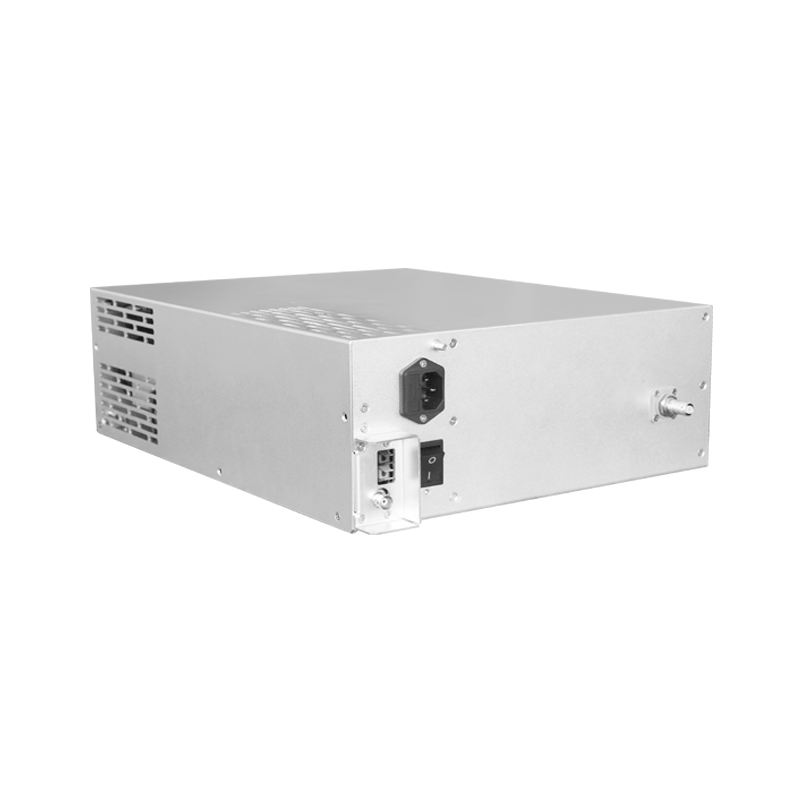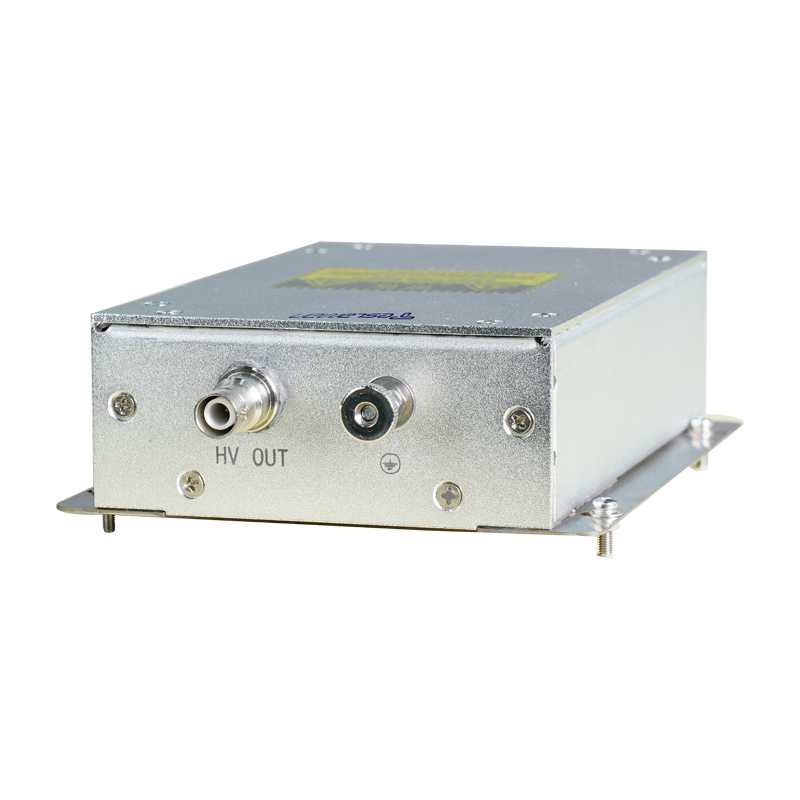Transient Harmonic Elimination Technology for High-Voltage Power Supplies in Precision Lithography Machines
Critical Challenges and Innovative Solutions in Semiconductor Manufacturing
In extreme ultraviolet (EUV) lithography-dominated semiconductor manufacturing, transient harmonic control in high-voltage power supplies directly determines lithography accuracy and yield. Transient harmonics are triggered by rapid start-stop operations of nonlinear loads (e.g., stepper motors, laser modulators). Their high-frequency distortion interferes with voltage stability in precision exposure systems, causing wafer pattern misalignment and line-width variation. This article analyzes core harmonic elimination strategies from a technical perspective.
1. Impact Mechanism of Transient Harmonics on Lithography Accuracy
1. Voltage Distortion and Positioning Error
High-voltage power supplies energize the wafer stage servo motors and reticle alignment systems. Load transients (e.g., micron-level wafer stage stepping) generate 5th–50th-order harmonics (2kHz–150kHz), causing voltage sags or spikes. Experiments show that ±0.5% voltage fluctuation shifts lens focus accuracy by ±3nm, directly leading to pattern misalignment in sub-28nm processes.
2. EMI and Signal Integrity
Harmonics interfere with sensors and communication systems via conducted radiation. For example, 20kHz+ harmonic noise reduces the SNR of reticle position detectors by 40%, resulting in exposure dose errors.
2. Harmonic Generation Principles and Propagation Paths
• Nonlinear Load Characteristics: Motion control systems (e.g., linear motors) exhibit capacitive behavior during acceleration/deceleration, generating odd-order harmonics (dominantly 3rd/5th).
• Switching Device Transients: High-frequency switching (>100kHz) of SiC/GaN devices induces ringing effects, superimposing damped oscillations on DC buses and increasing harmonic complexity.
• Distributed Capacitance Coupling: Parasitic capacitance in high-voltage cables forms LC resonance with power supply inductance, amplifying specific harmonics (e.g., 150kHz peaks).
3. Core Elimination Technologies
1. Active Harmonic Injection
Principle: Real-time load current sampling decomposed via FFT, with IGBT inverters generating anti-phase currents for cancellation. Key metrics:
• Response time ≤100μs (vs. 10ms for LC filters);
• Suppression rate ≥95% (THD<3%).
Lithography Application: Pre-compensates harmonics during stage acceleration, ensuring exposure-phase voltage ripple ≤±10mV.
2. Multilevel Topology & Soft-Switching
• 3-Level NPC Inverters: Increase voltage steps to 3–5 levels, shifting harmonics to >150kHz for compact LC filter attenuation (60% size reduction).
• ZVS/ZCS: Resonant networks enable zero-voltage/zero-current switching, eliminating ringing and reducing EMI by 15dB.
3. Adaptive Digital Control Algorithms
• Model Predictive Control (MPC): Uses power-load coupling equations to predict harmonic trends, adjusting PWM duty cycles in advance. Cuts voltage recovery time from 500μs to 50μs.
• DL-Based Harmonic Identification: CNNs analyze current waveforms to identify transient harmonic spectra, enhancing robustness in complex scenarios.
4. EMC Co-Design
• Triple Shielding: Copper coating (suppresses <1MHz conduction), ferrite cores (absorbs 30–300MHz radiation), metal braiding (isolates GHz noise).
• Common-Mode Choke Optimization: Custom windings achieve ≤1μH differential inductance and ≥1kΩ impedance@150kHz, suppressing leakage currents.
4. System Integration and Verification
• Thermal-Electrical Co-Simulation: ANSYS HFSS+Simplorer models harmonic stability under vibration/temperature cycles, reducing prototyping risks.
• Military-Grade Reliability Testing:
• 100G mechanical vibration (MIL-STD-810H);
• -40℃~+100℃ thermal cycling (MTBF≥100,000 hours).
5. Future Trends: From Elimination to Prevention
• Wide-Bandgap Integration: GaN-on-SiC modules push switching frequencies to 10MHz+, distributing harmonic energy away from sensitive bands. Integrated IPM packaging enables source-level suppression.
• Digital Twin & Predictive Maintenance: Lifespan models use historical harmonic data to predict failures, boosting equipment uptime beyond 99.8%.
Conclusion
Transient harmonic elimination underpins lithography machines' evolution toward 1nm nodes. By integrating active filtering, multilevel topologies, and adaptive algorithms, next-gen high-voltage power supplies not only resolve voltage distortion but also shift semiconductor manufacturing from passive mitigation to active immunity. As quantum light sources and atomic etching advance, harmonic control will extend to terahertz bands, enabling zero-noise power foundations.




















